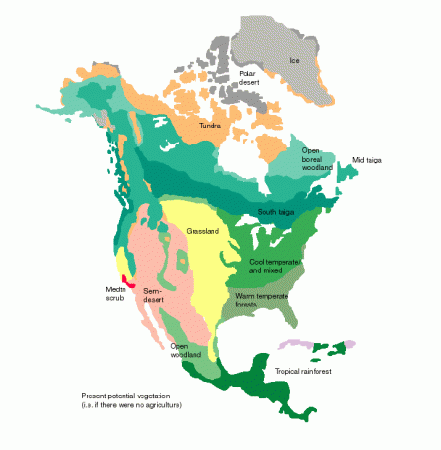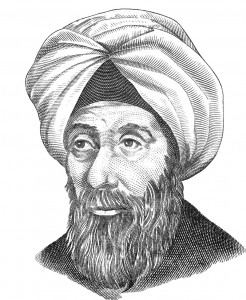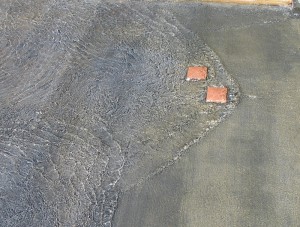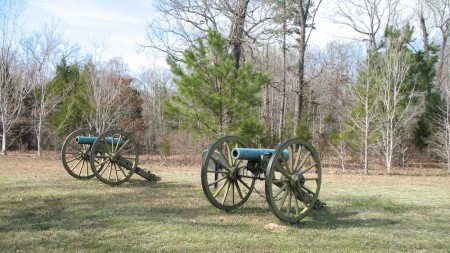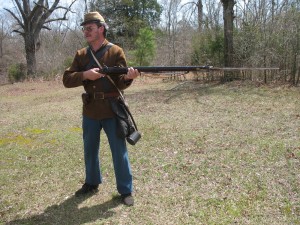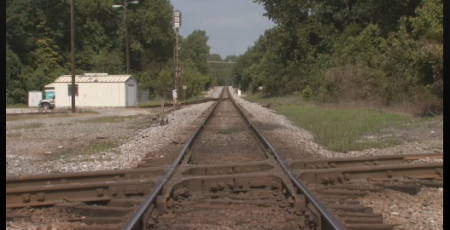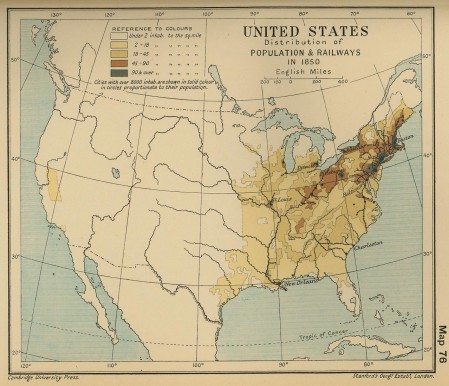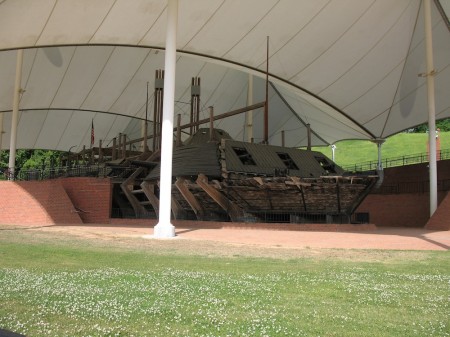
Four hours away, Vicksburg, MS. is just within reach for an immersion trip so, since we were in the area, I scoped it out for a future trip. Vicksburg was the final town to fall before the Union could control the Mississippi River and split the Confederacy into two, so it’s historically important. The Vicksburg National Military Park is chock full of monuments and markers that give a good idea about the chaos and carnage of the battle for the town, and even a chance to observe practical application of simple machines and steam engines.
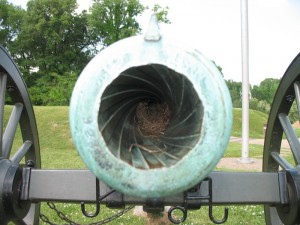
The park could complement Shiloh and Corinth quite nicely since Vicksburg’s importance was because of its control of transportation routes, just like with Corinth. It also has the salvage of the USS Cairo, an ironclad sunk during the Civil War. Much of he Hull is still missing so it’s a wonderful chance to see all the mechanisms and engines in a steam powered ship.

What I found most interesting, however, were the old watermill and farming equipment at Grand Gulf Military Park, about 45 minutes south of Vicksburg. They seem almost in working order, and if you’ve been discussing simple machines, as we have, it’s a great opportunity to see how they were applied in real-life.

The watermill is quite picturesque, making it a great subject for sketching or drawing. I like to combine art and science in this way when possible. Grand Gulf also has a small, submarine used by bootleggers during prohibition which is quite the curious piece of engineering.
[googleMap name=”Grand Gulf Military State Park” description=”Watermill and camping” width=”400″ height=”300″ mapzoom=”8″ mousewheel=”false”]12006 Grand Gulf Rd, Port Gibson, MS[/googleMap]



